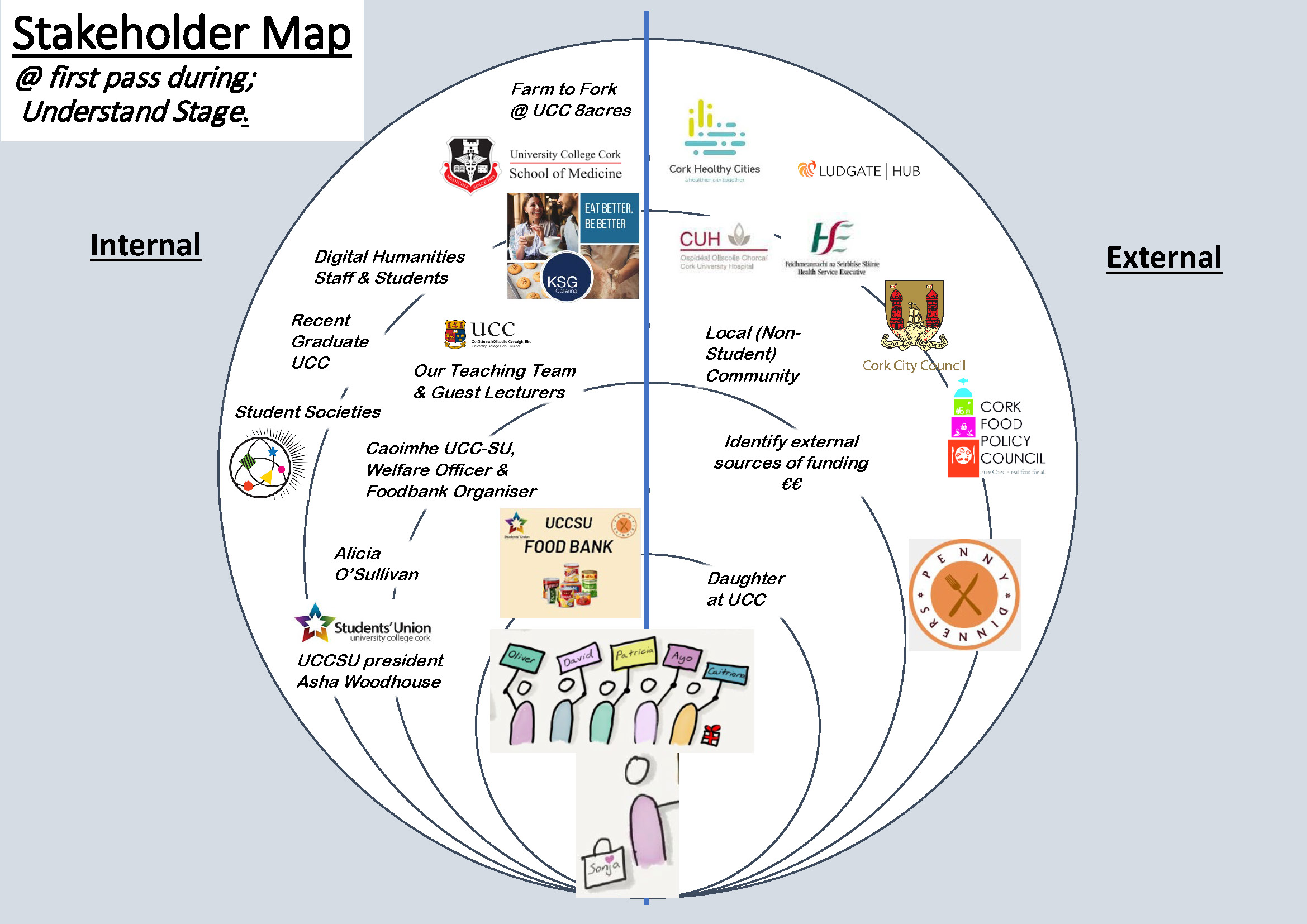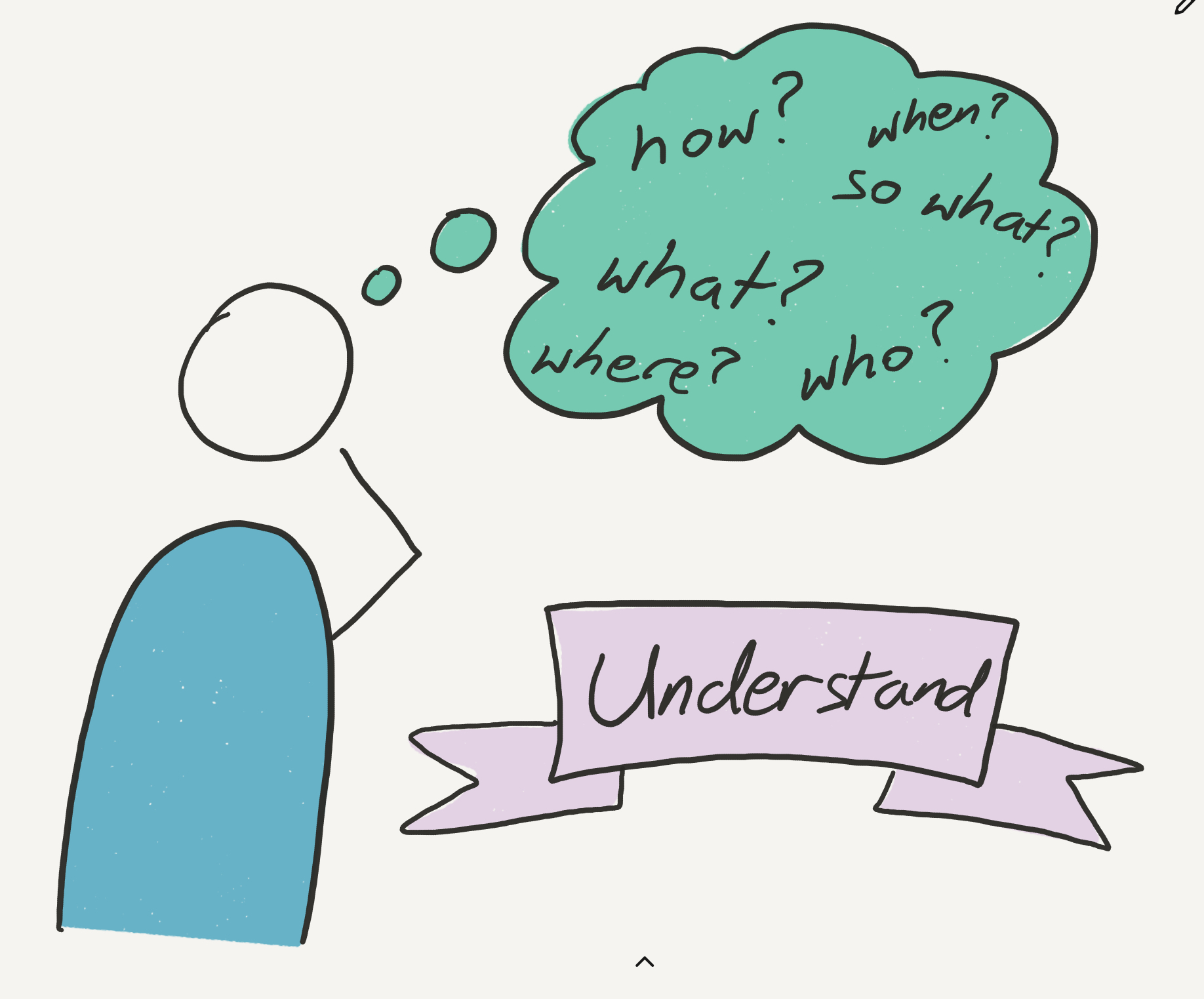Understand
Caitriona Heffernan
Understand
Embarking on the ‘Understand’ phase of the Design Journey launched us as a team and as a group of fledgling Design Thinkers.
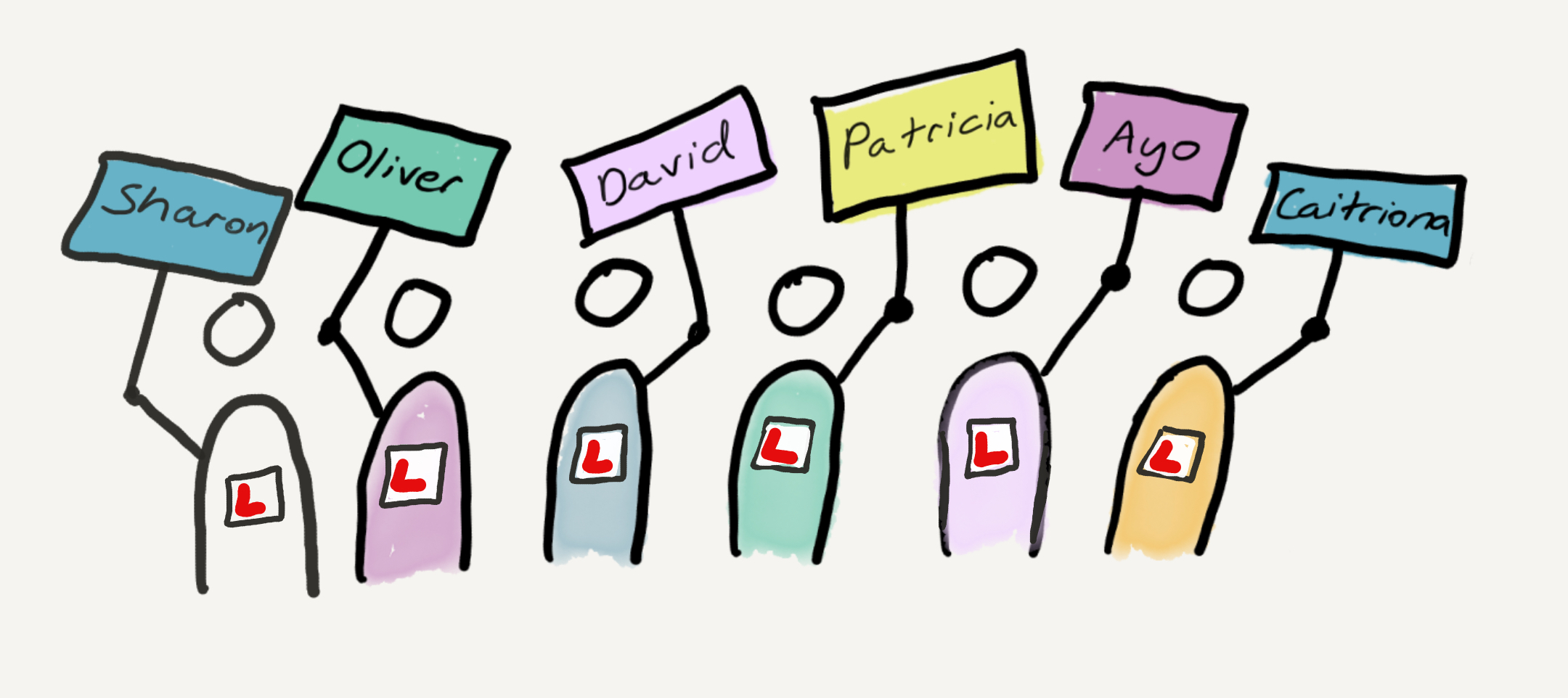
The understand phase also launched our journey to becoming skilled facilitators of the Design Thinking process via an online digital platform. As outlined in the ‘Our Journey’ stage of this book, this presented some challenges but it also opened up the opportunity for remote collaboration through the use of Jamboards.
Understanding the macro challenge
Our Understand phase began with a deep dive into the design brief itself and an analysis of the challenge presented.
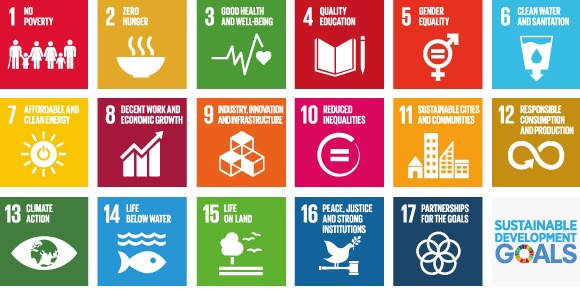
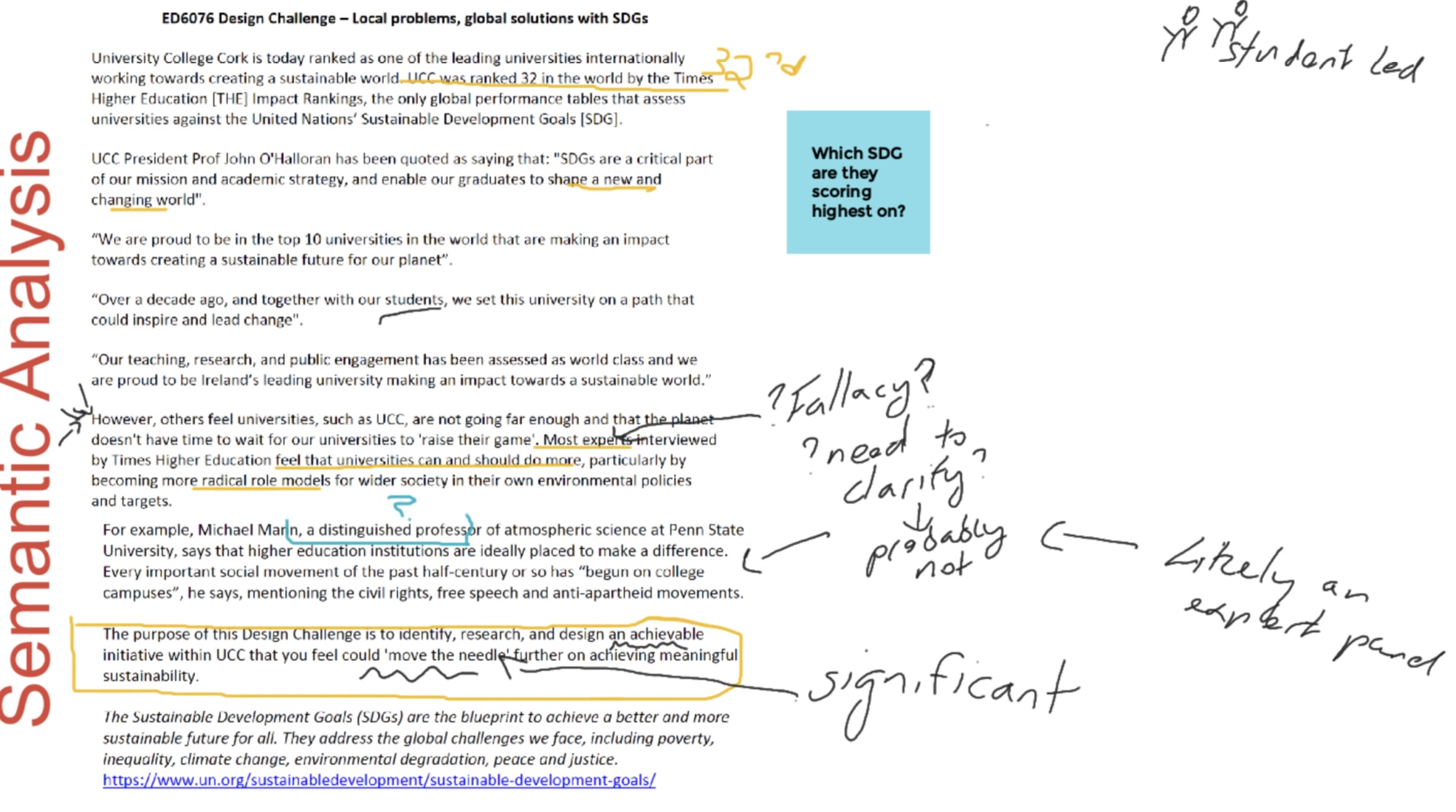
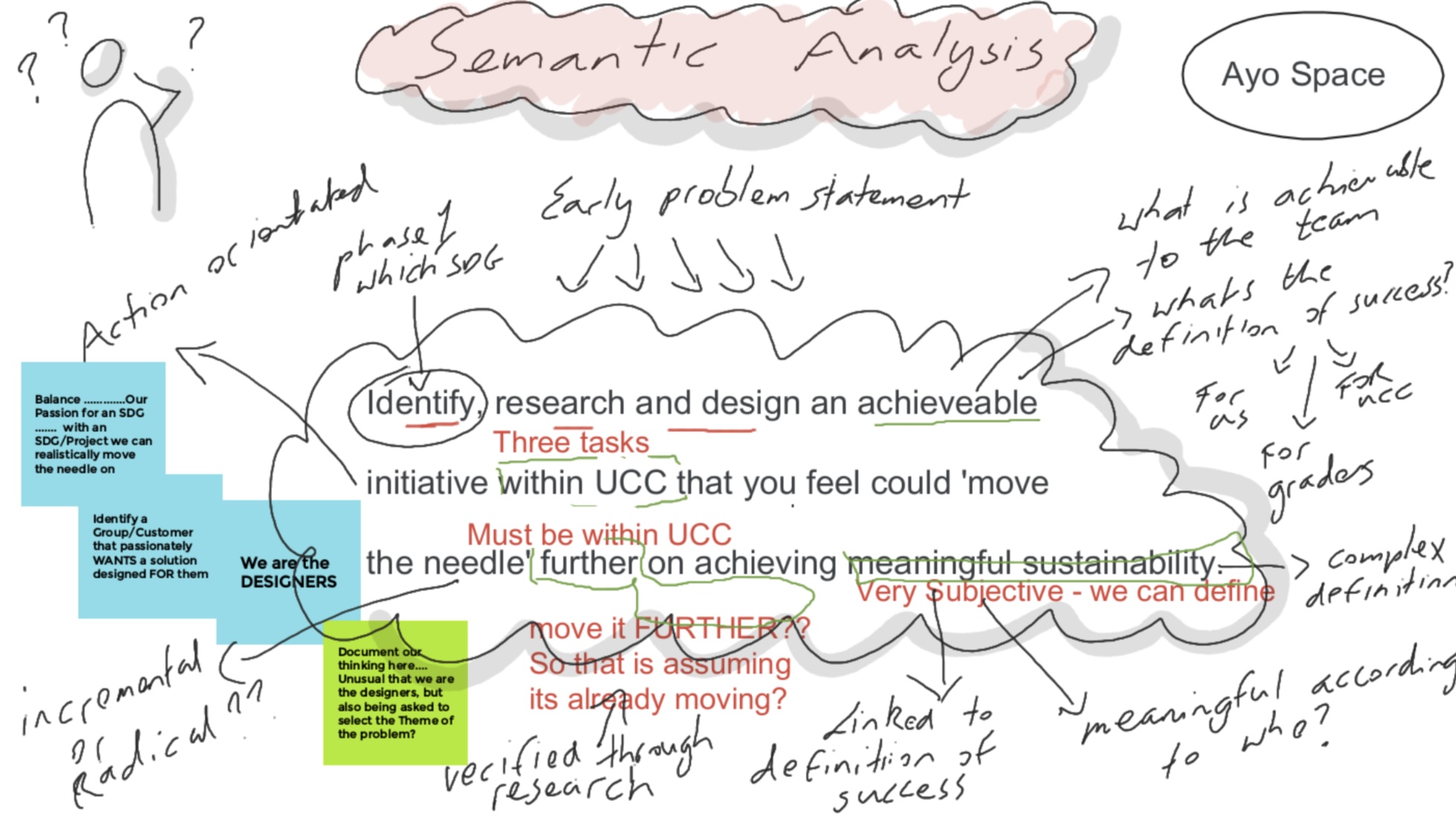
We were immediately struck by the broad potential offered by addressing the ‘Wicked Problem’ of Sustainability, the context of the global agenda around the Sustainable Development Goals and our need to rapidly drill down to define our design challenge.
Semantic Analysis
The team carried out a Semantic Analysis of the design brief to identify core concepts. Carrying out the Semantic Analysis stage was a formative activity for the group. The process was energising as the broad range of options gave rise to lively conversations and free debate. However, we rapidly agreed to support the group in making a cohesive movement forward along the design pathway by funneling down to our individual areas of interest and preference to allow for a more focused basis of discussion.
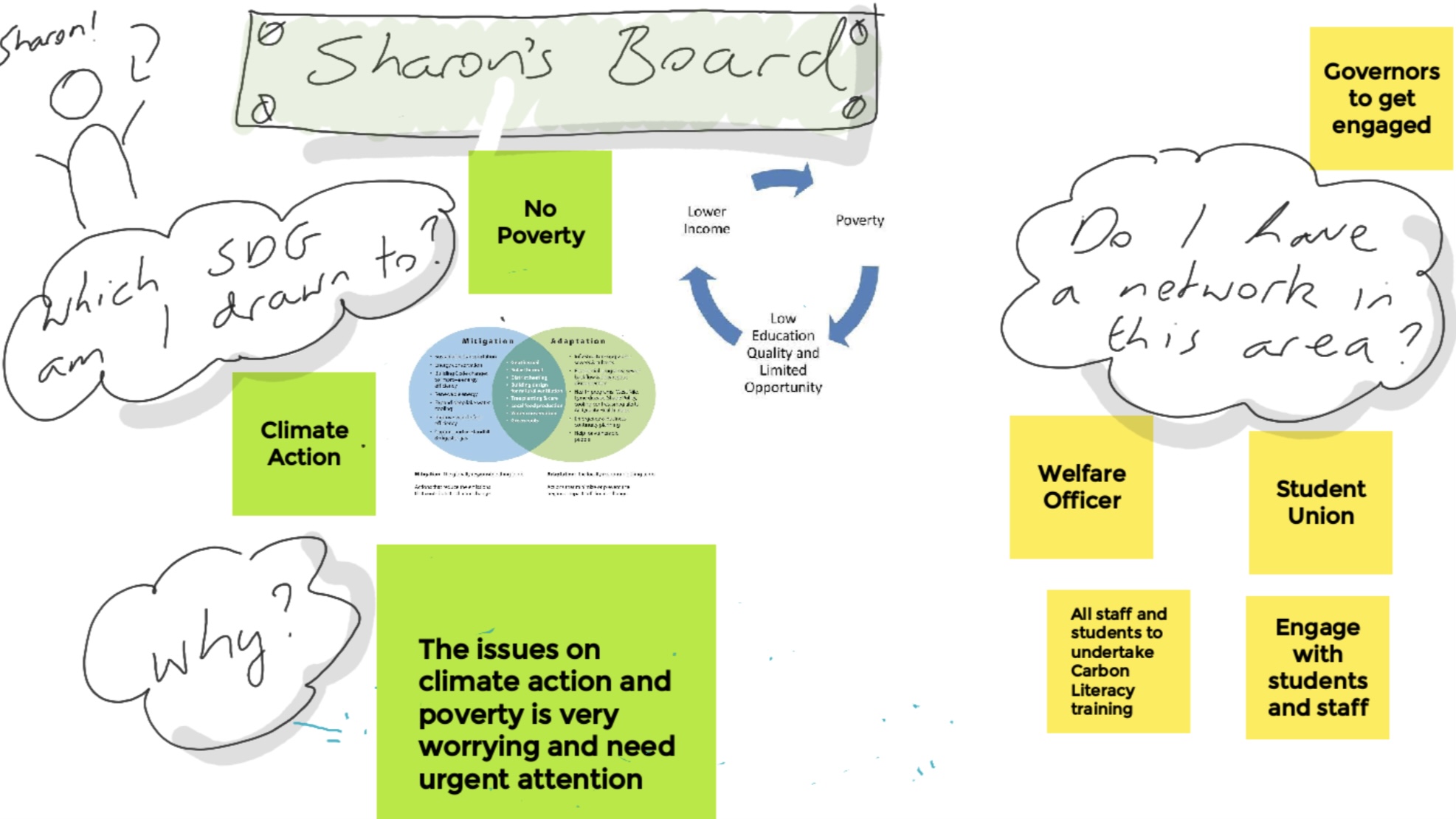
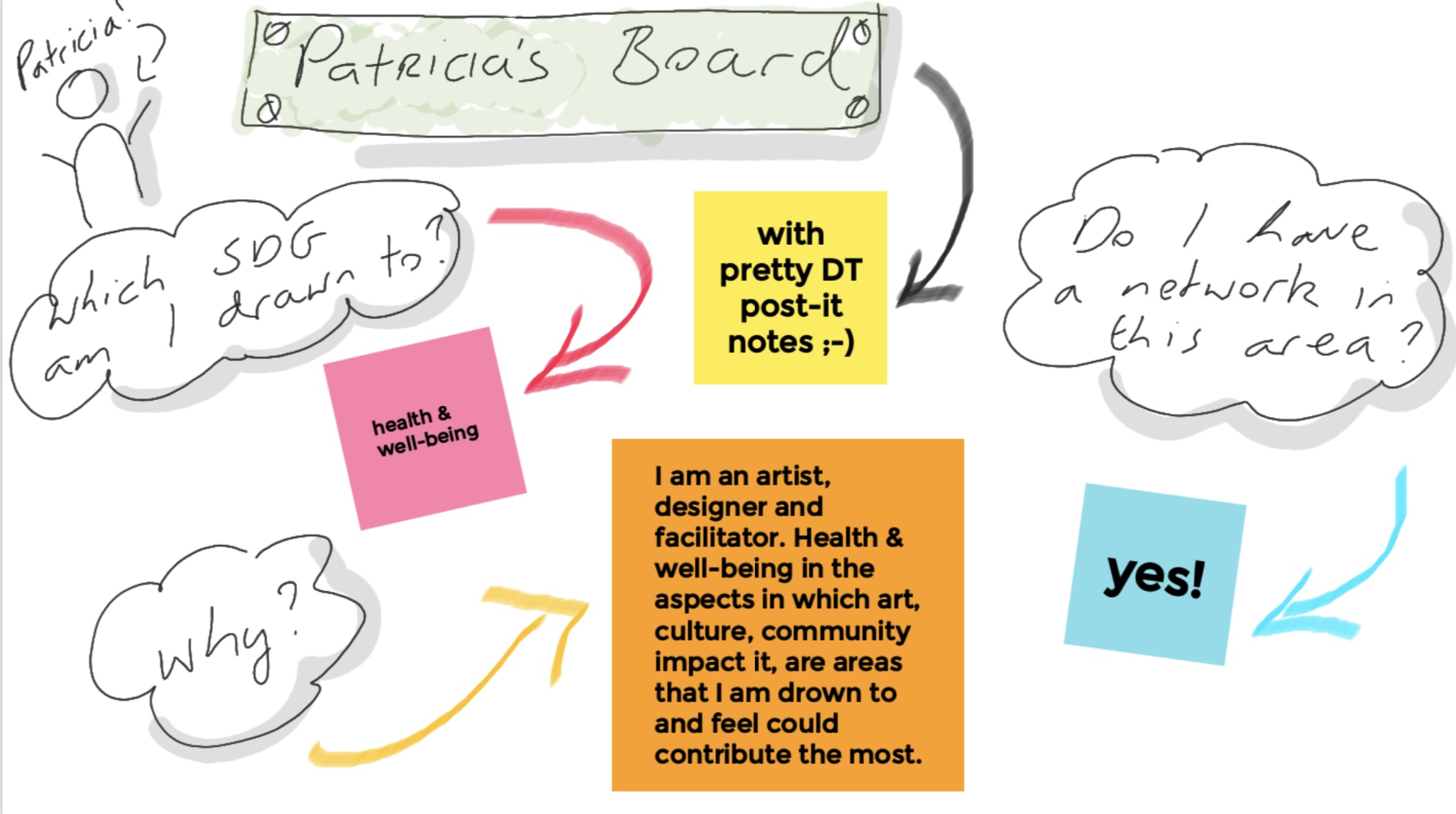
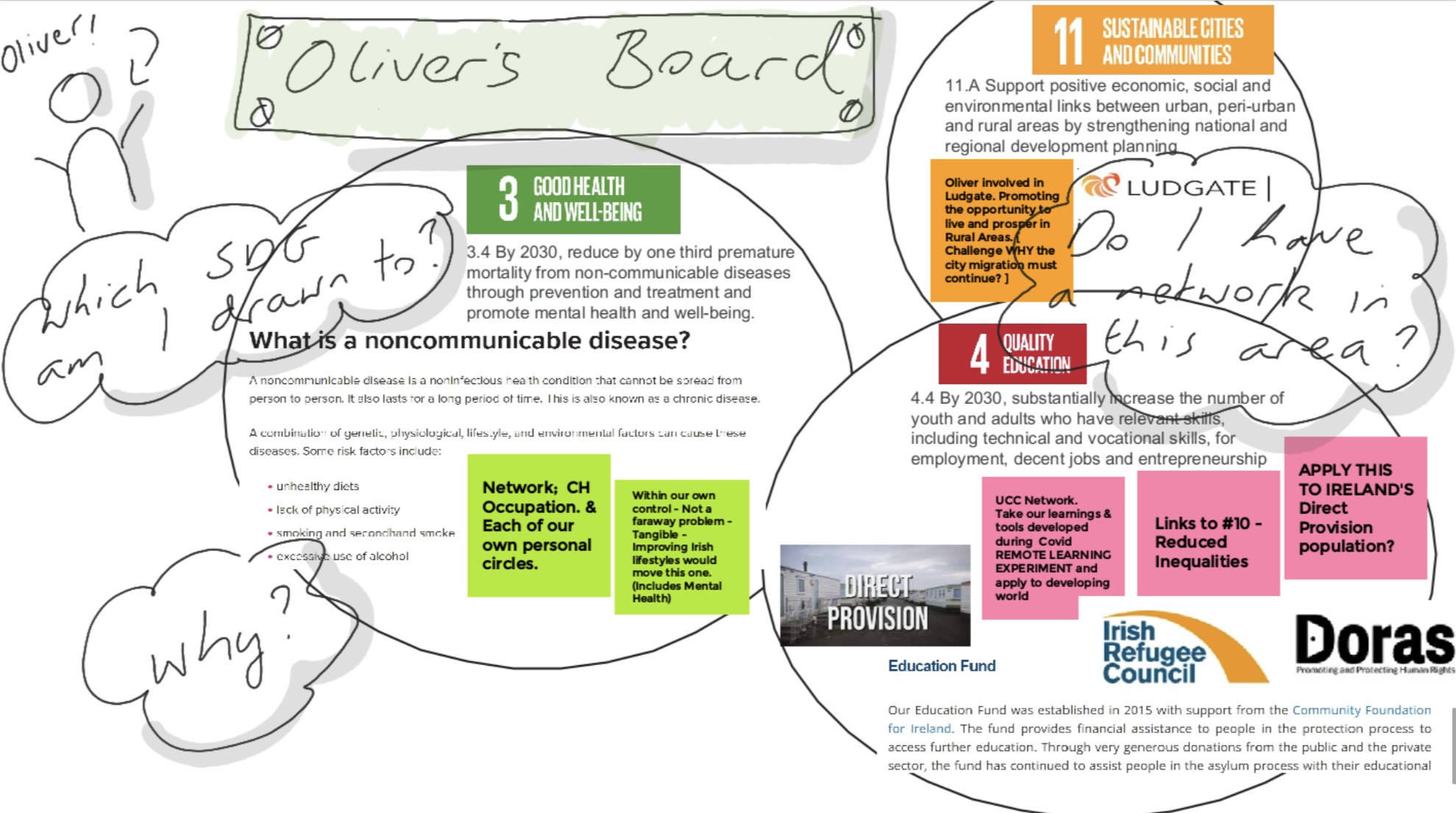
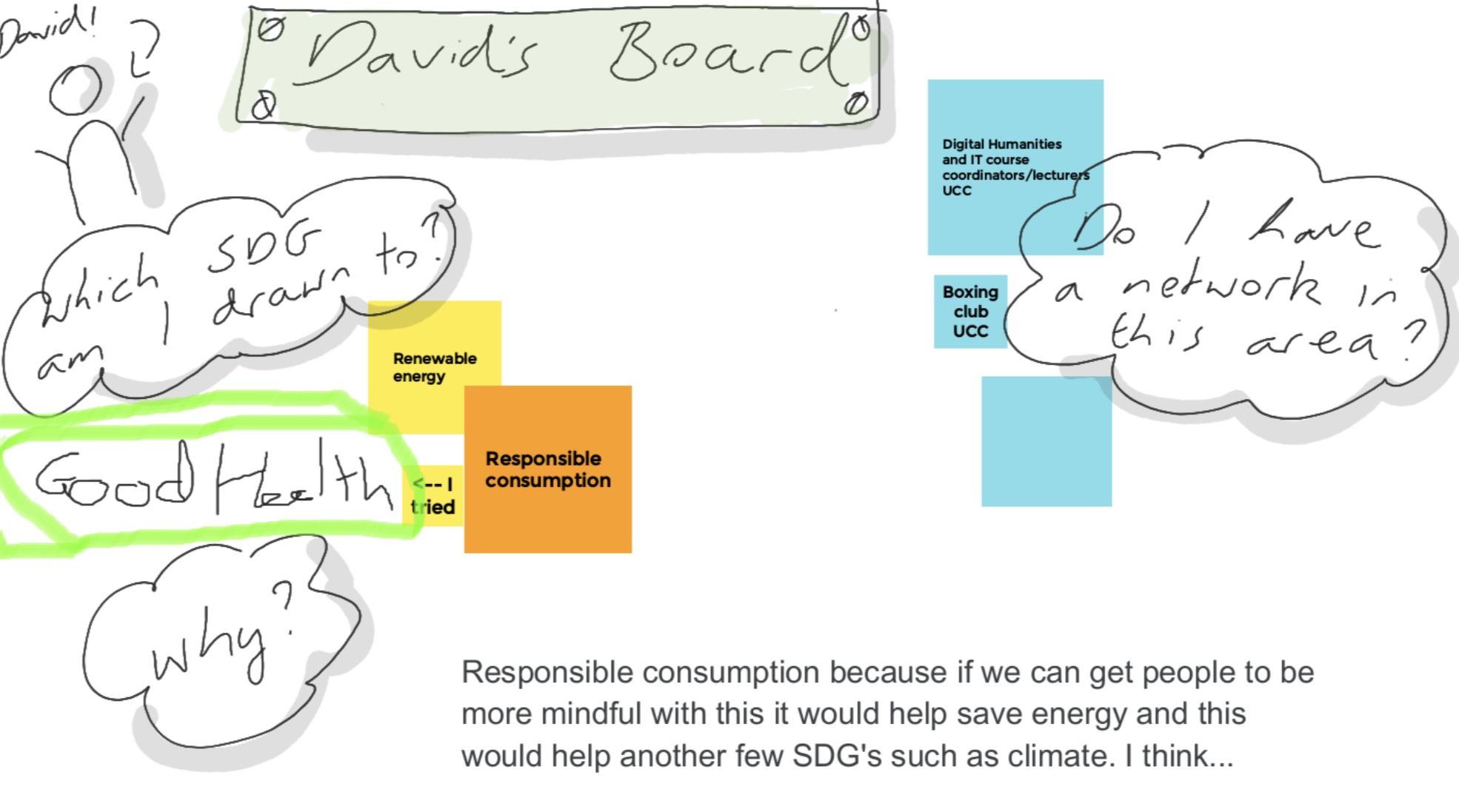
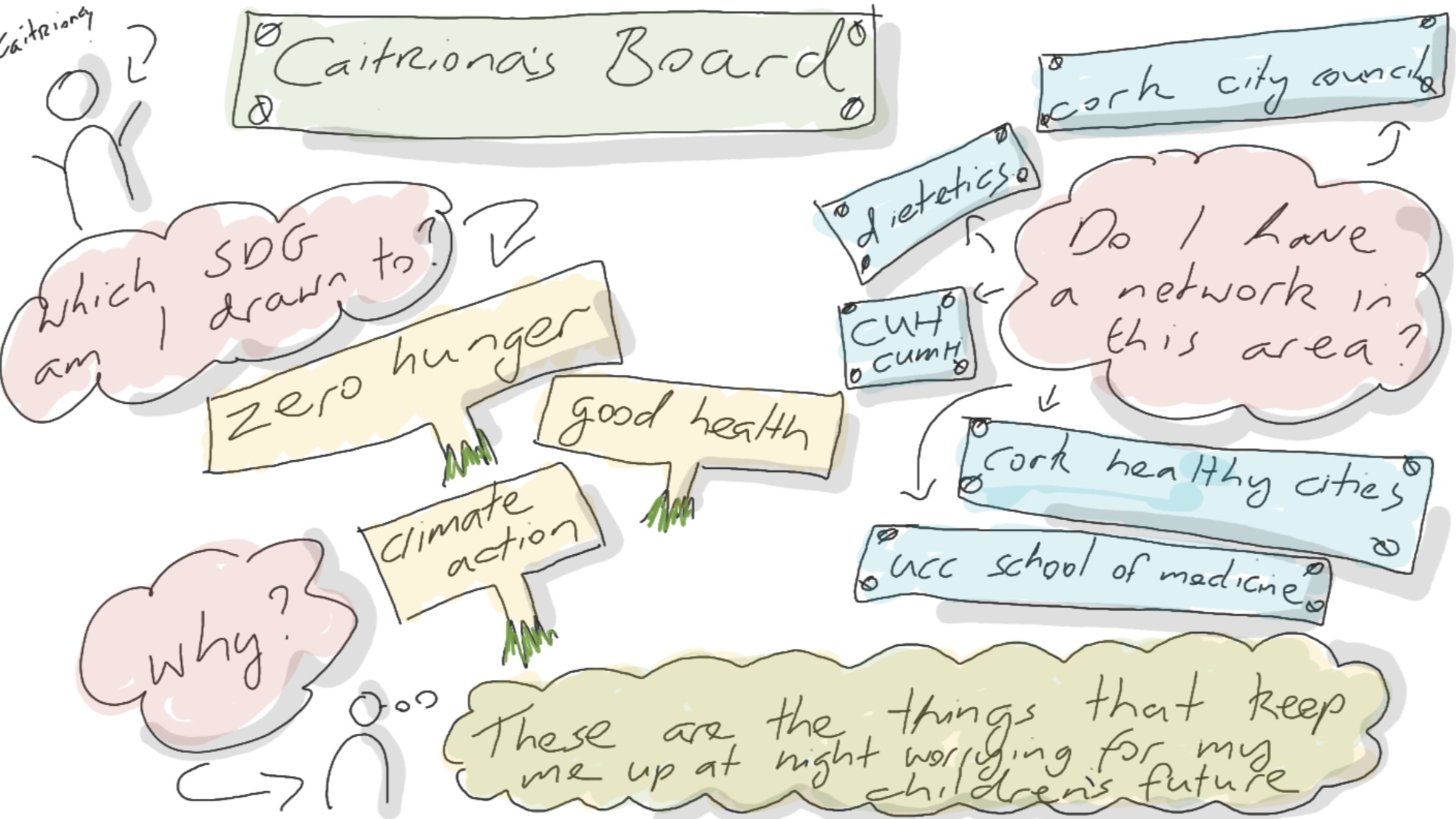
Other topics discussed but not selected:
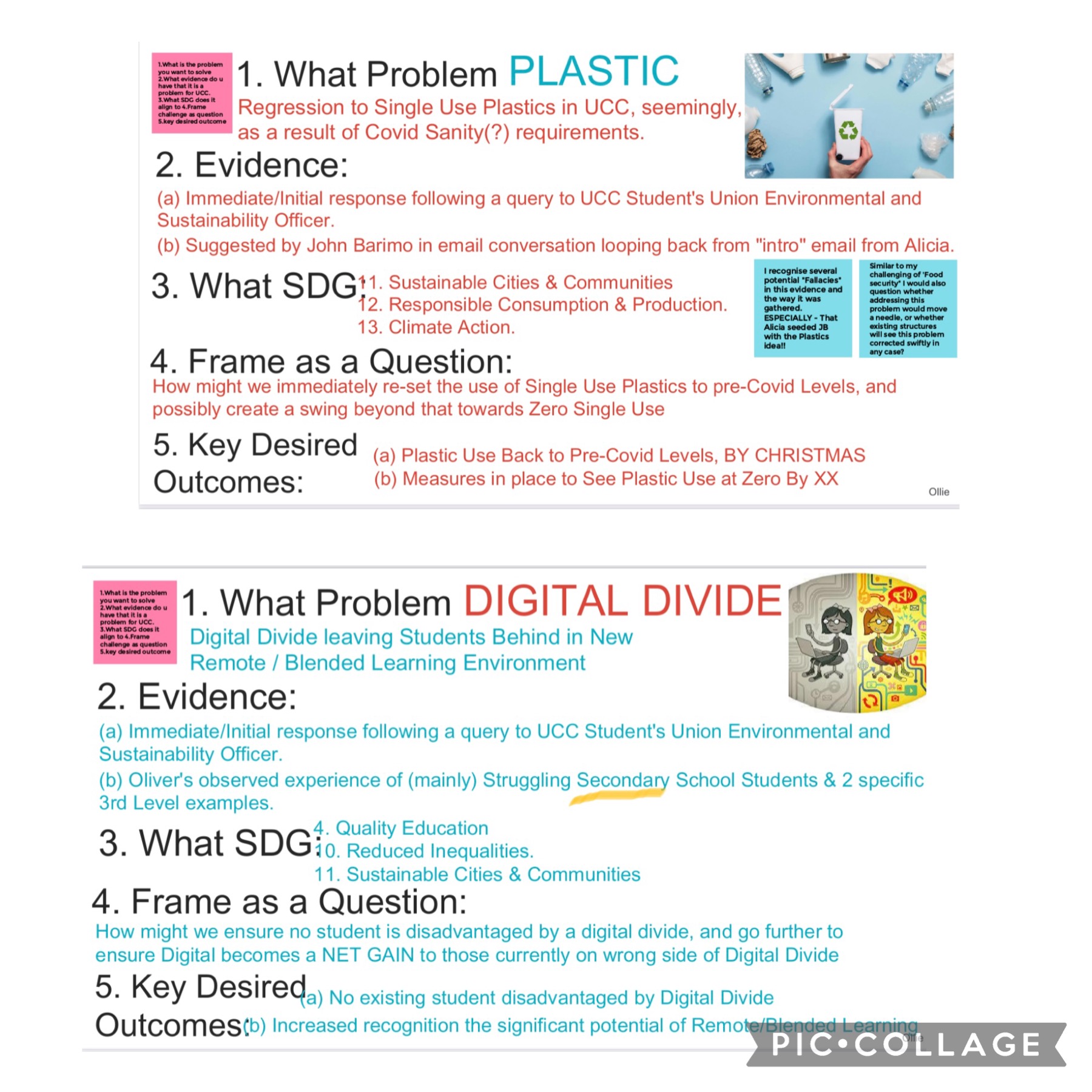
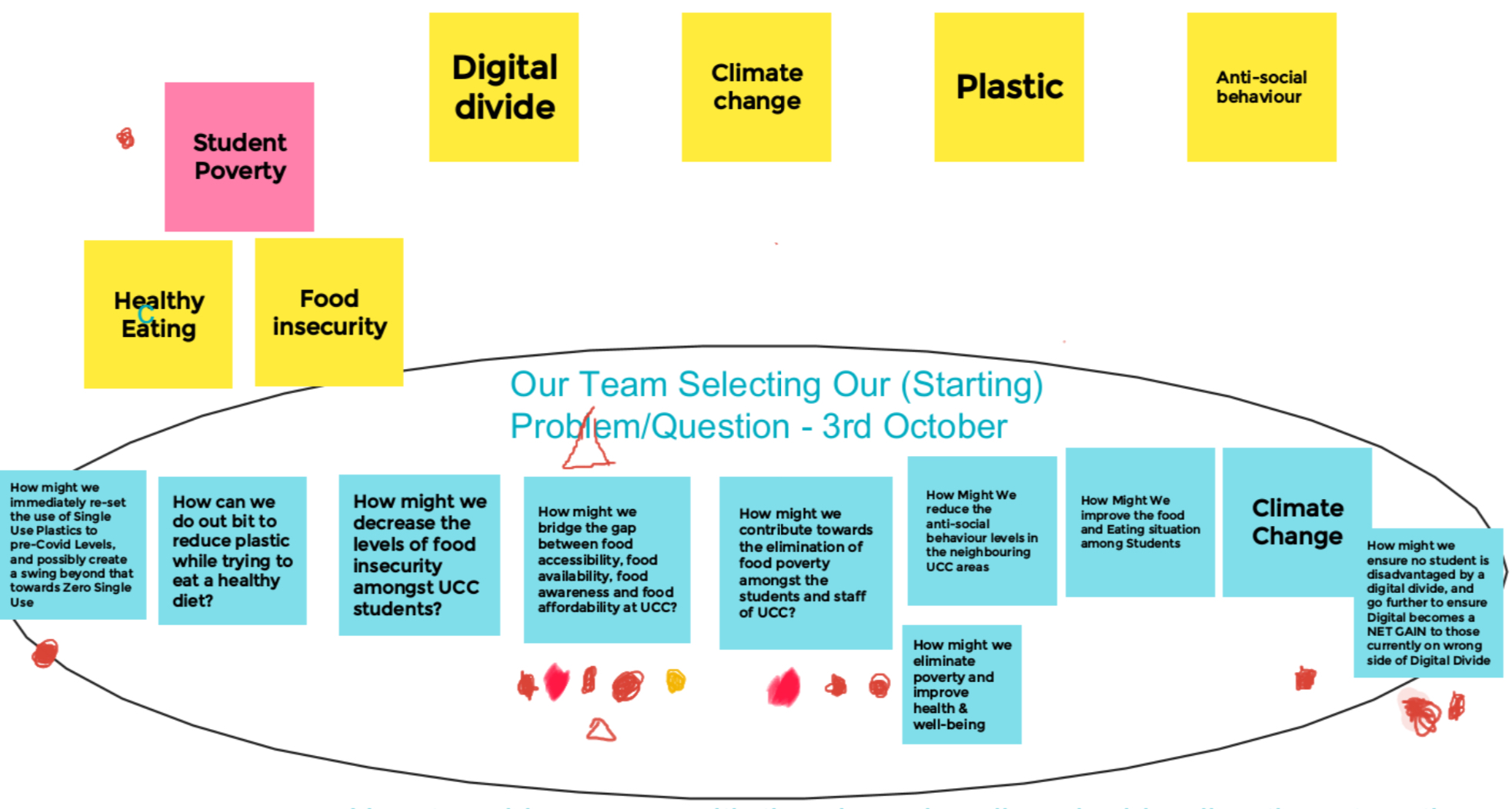
The emergence of bias
The Semantic Analysis process also allowed us to develop an early awareness around bias and the different perspectives and interpretations held by the group in the context of background, culture, age, experience and English language proficiency to name but a few.
This activity led to further insight about the group. It further developed our interpersonal relationships by exposing our personal drivers and motivations. It also allowed for us to identify existing networks we had access to that may be an asset to the group and which we could leverage through the design process. This was our first engagement with the innovation triangle which considers the intersection between desirability, feasibility and viability as a guide for the selection of high impact innovations. (Orton, 2017)
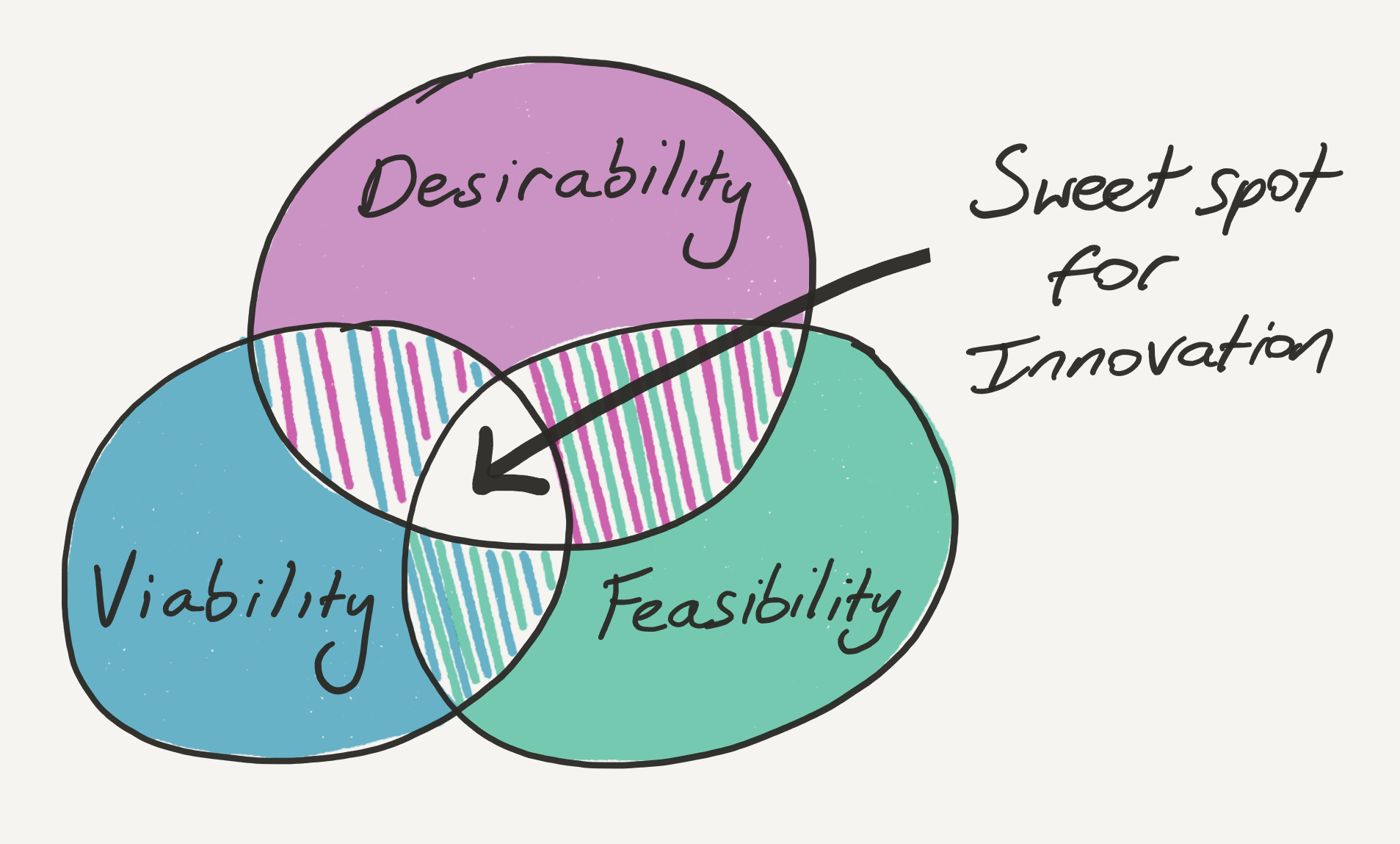
Understanding the micro challenge
‘Zero Hunger’ in the context of the UCC community emerged as an SDG area of interest that was shared by the entire team. We embarked on a ‘deep dive’ researching food poverty and hunger locally, nationally and internationally.
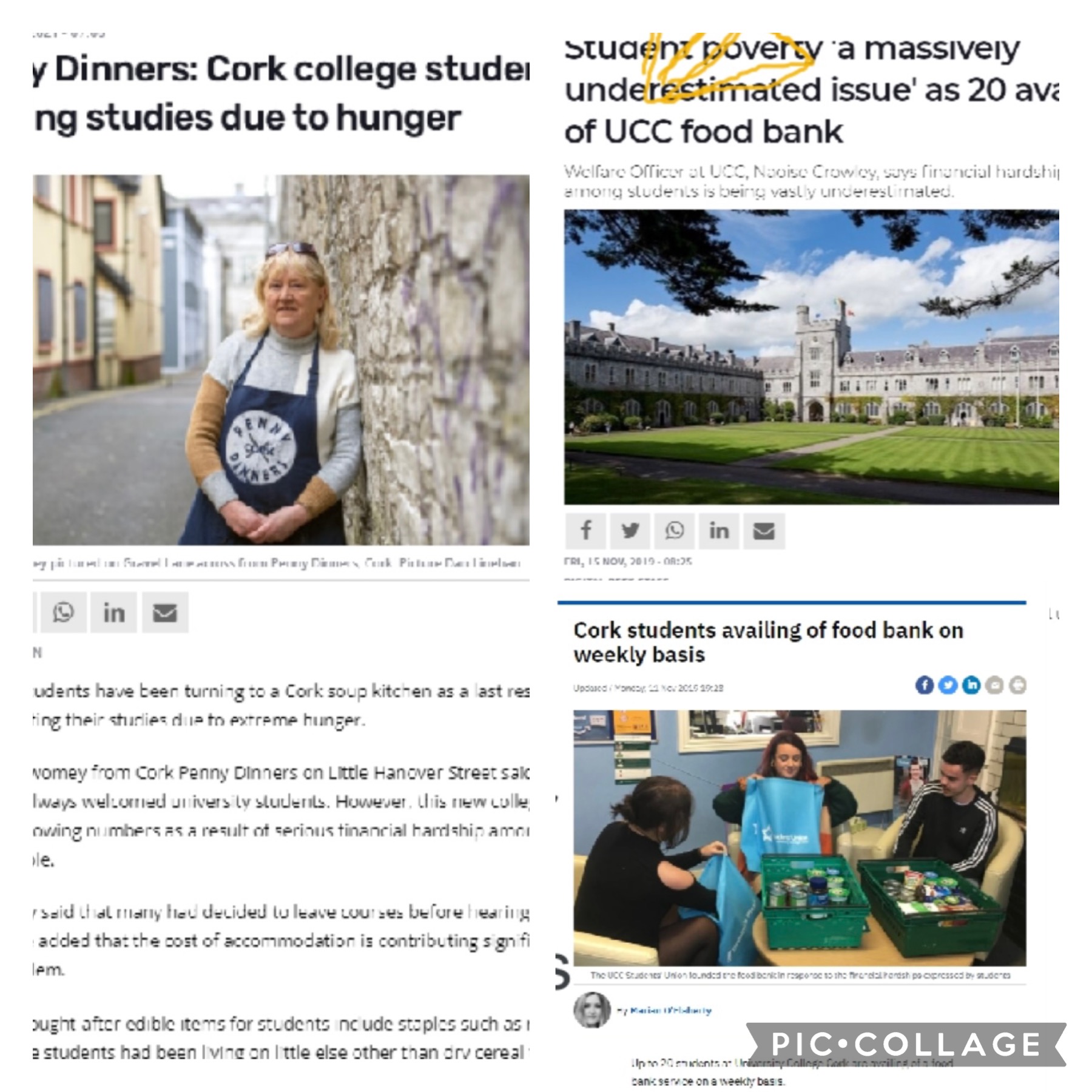
From hunger to the ‘Four A’s’
We also arrived at an understanding that Zero hunger not only referred to food shortage but to a broader definition of ‘food insecurity’ outlined by the four ‘A’s’ – Accessibility, Awareness, Availability and Affordability.
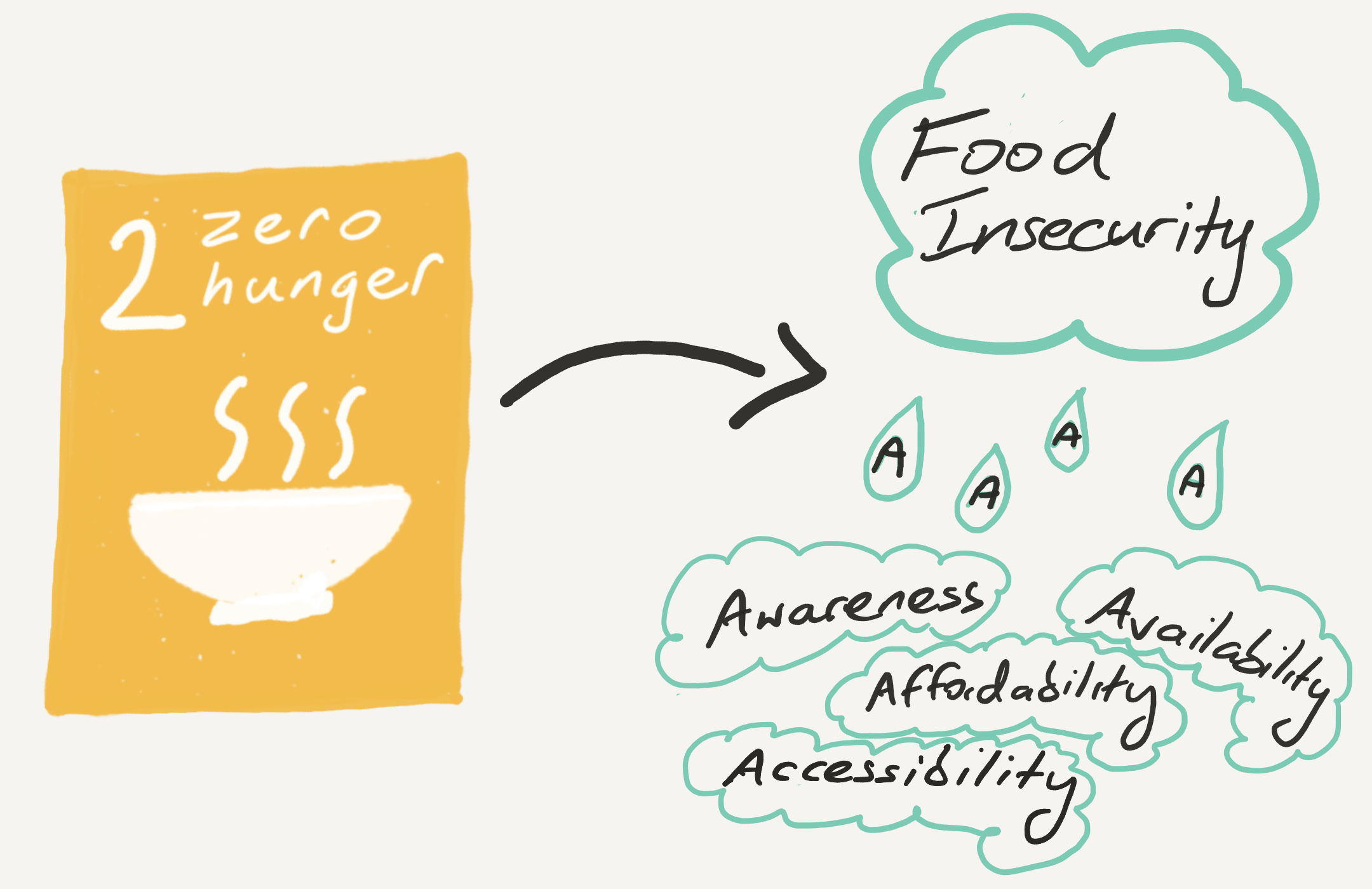
Considering our options…
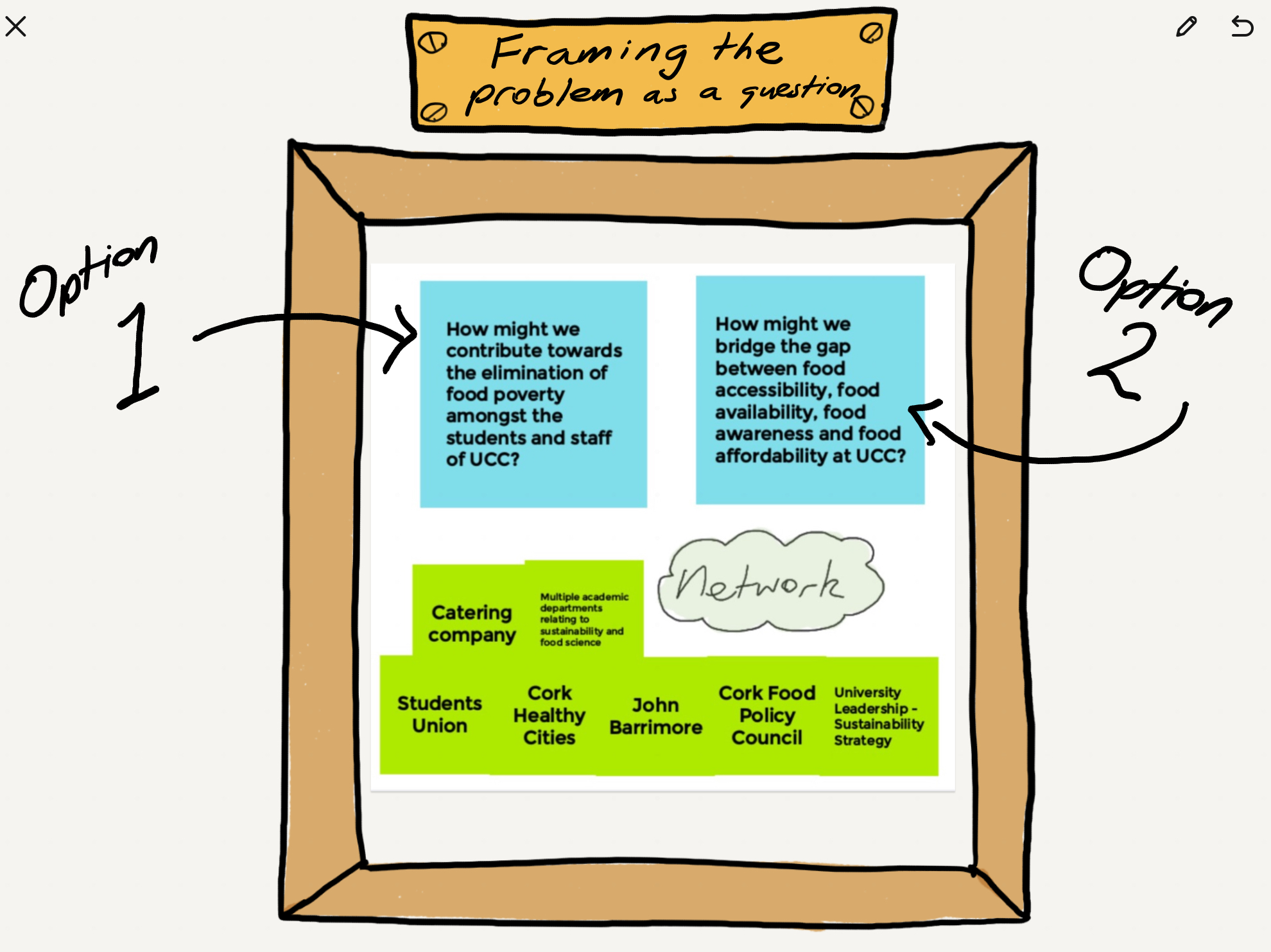
Framing the new Design Challenge
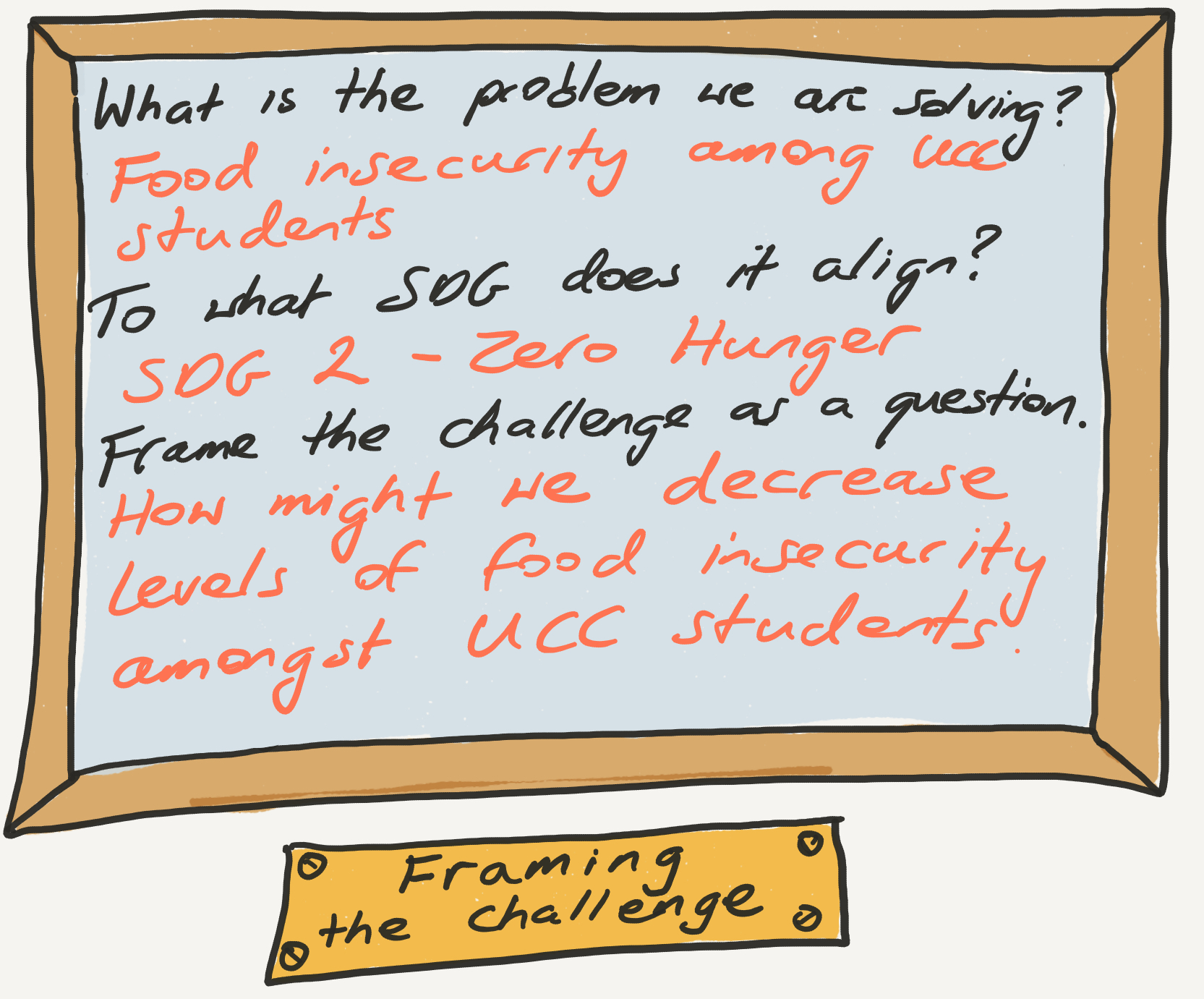
We also identified the constraints we anticipated for the project that that point.
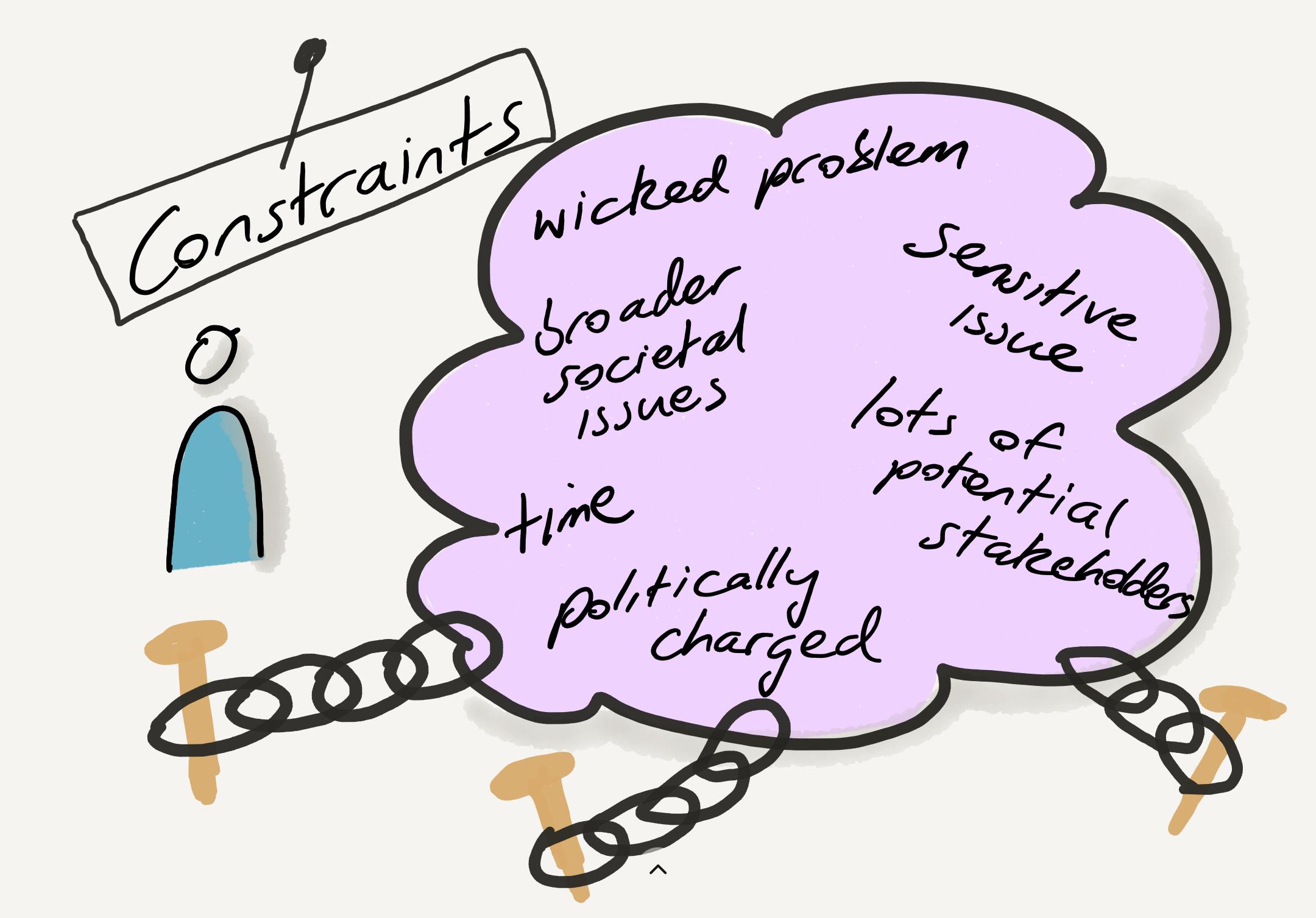
Stakeholder Mapping
Having arrived at our framed design challenge, our final task in the understand phase was to complete our Stakeholder map to identify who would be affected by our area of focus and also who we would need to engage with at the next phase of our design journey – Observe
